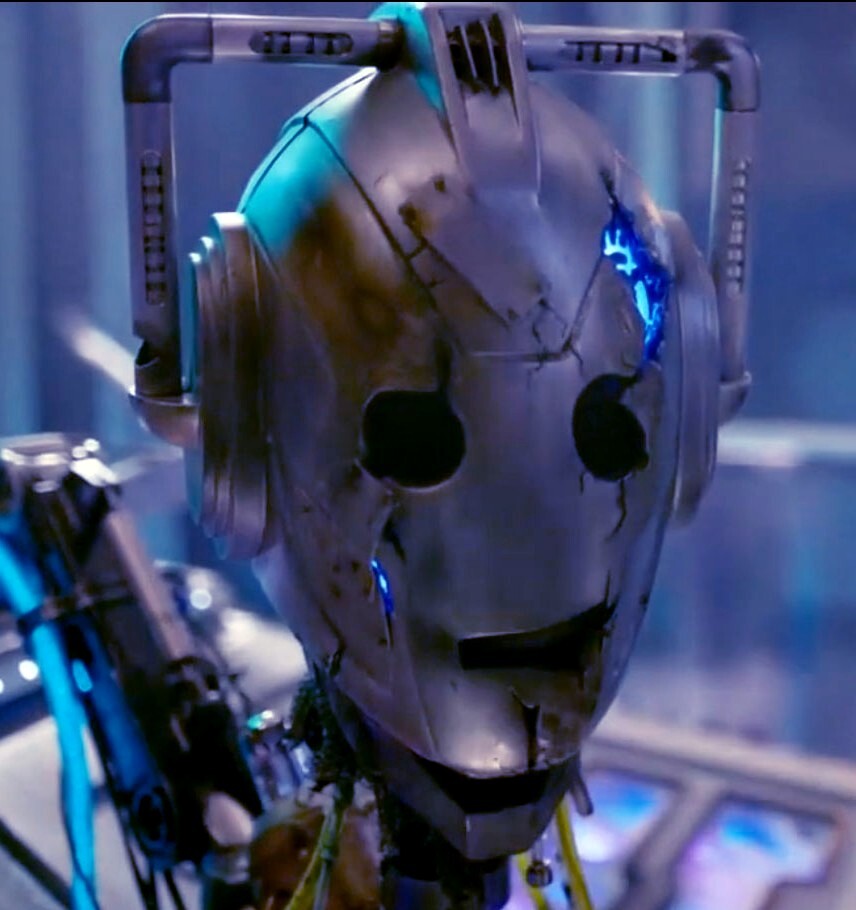I was cloning my moms 237gb ssd to her new 1tb ssd on her windows 11 S computer using clonezilla and after booting into the 1tb drive it is showing up as 237gb. So I took out my live usb with gparted only to find out the partition used to store the data was indeed taking up 1tb. Is the a reason why it is not showing up as 1tb. Here are the options I choose to clone the drive if that helps. I also have some screenshots as well.
Screenshots
Clonezilla Steps I took
-
device to device
-
Expert mode
-
disk to local disk
-
Chose my soure and target drive
-
Left everything at default
-
skiped disk checking
-
-k1 Create partition table proportionally
Well the good news is, everything worked as designed!
You have a block by block full copy of one disc onto another disc.
Unfortunately some of those blocks also include partition information and sizing of the disc.
- Don’t do a block by block clone, use rsync or rclone to copy the files themselves to a new appropriately sized disc internally
- Resize the partition of your new disk now that you’ve moved everything
Since you have the original disc, as long as you haven’t written new data, try 2, and if that fails do 1
AFAIK when you clone a drive it will create a partition the same size as the original disk. It doesn’t just copy your files, it’s a full disk partition clone.
As @breakingcups@lemmy.world said, you’ll have to extend the partition to the full drive size in Partition manager (or gparted on a Linux machine).
did you suspend bitlocker or disable & decrypt before cloning? even if you don’t specifically enable bitlocker (device encryption), many newer systems enable it by default if the hardware meets certain requirements… even on base (non pro) editions of windows.
my guess is the software did a sector-by-sector clone of 237gb of encrypted partition it couldn’t read and that’s what you ended up with on the target disk, regardless of what size it configured in the partition table.
No I did not disable the bitlocker before cloning. How do I disable it?
with the original smaller ssd back in the pc: boot up. search for ‘device encryption’ in the ‘settings’ app to find where to configure it. if you disable it, it will take a little time to decrypt. reboot afterwords once even if it doesn’t ‘need to’ after the process has completed.
if fast startup is enabled, disable it. if it’s enabled, a ‘shut down’ just logs out and hibernates, and we don’t really want to clone a hibernating system. this setting is found in the legacy control panel’s (look for ‘windows tools’ in the full start menu) power options on the same page as ‘choose what the power buttons do’. then shut the pc down. you’re ready to clone.
Thank you so much. I was able to successfully clone the drive and now it is showing up as 1tb.
you may want to re-enable the device encryption, especially if it’s a laptop that is taken out of the house regularly or the pc is used to store financial or personal documents.
if you do: after it’s done, log into her microsoft account (the one tied to her windows login) and find the bitlocker recovery key (probably under devices). print it out or write it down (legibly, and double and triple checking). store it in a safe and secure place you won’t forget about.
As a first step, just try going into Partition Manager in Windows and growing the actual partition. This is harder from Linux because of Bitlocker.
deleted by creator




